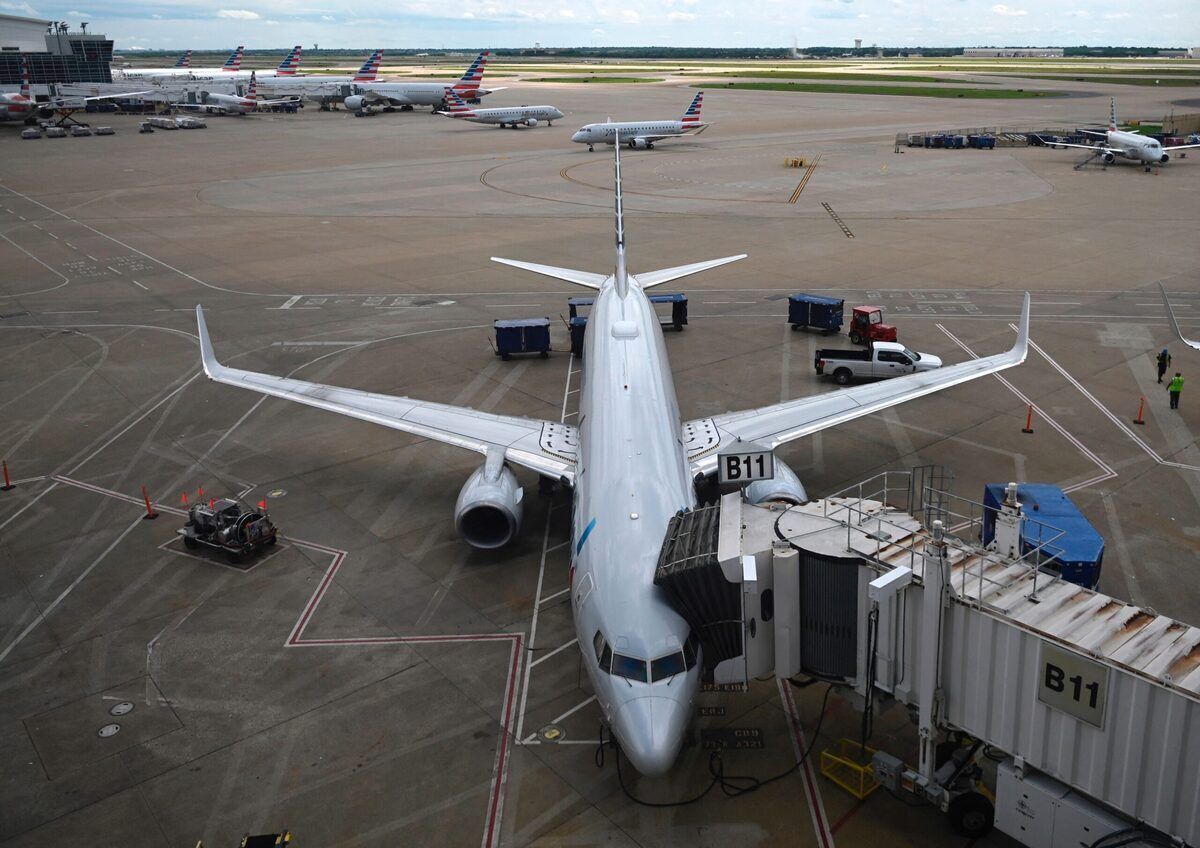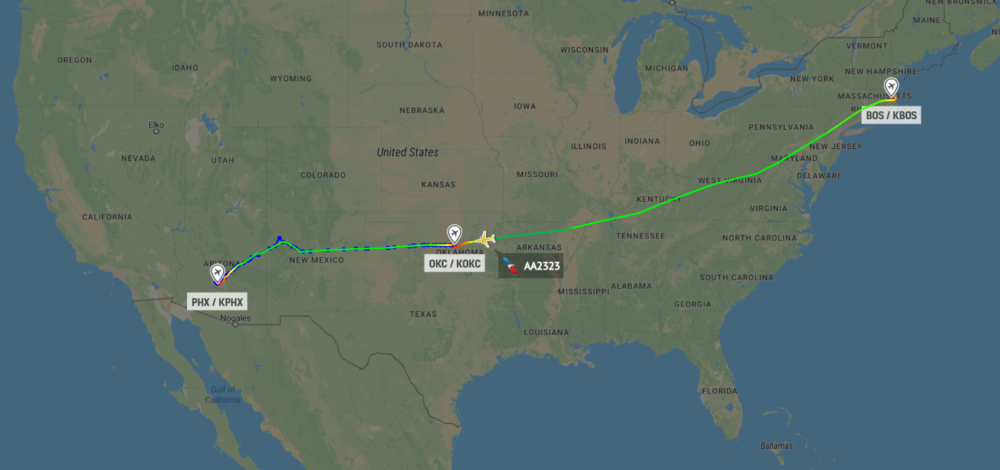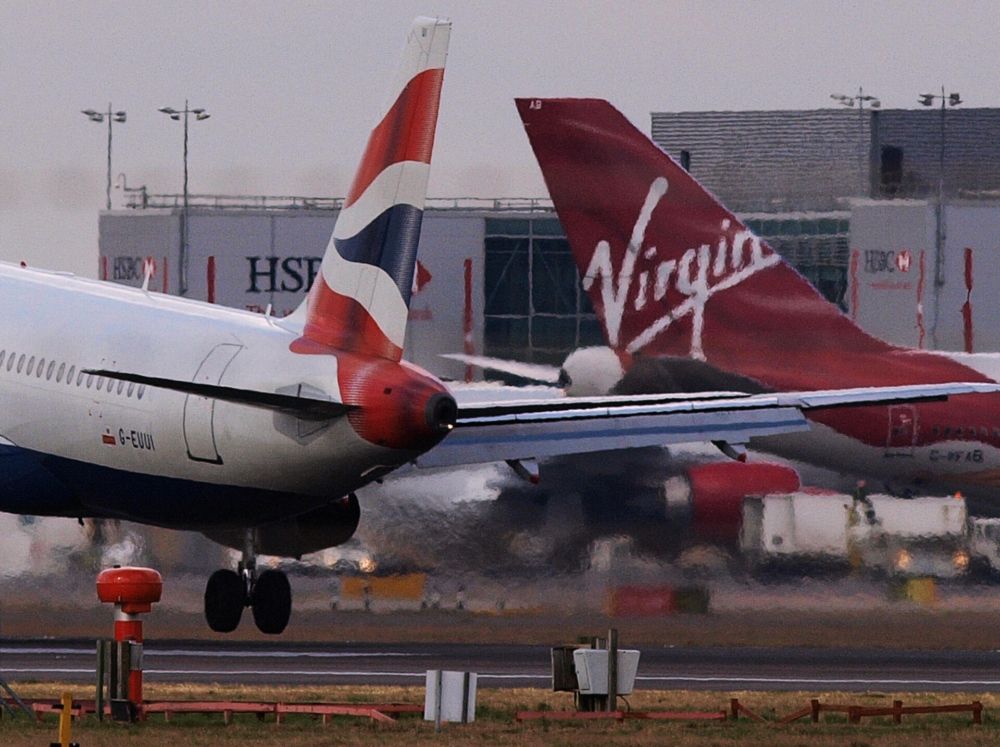There has been plenty of flight disruption this holiday season. A new COVID variant has led to increased uncertainty and many canceled flights. Winter weather, though, should not be forgotten. This was highlighted on December 27th when strong winds led to an American Airlines Boeing 737 flying from Boston to Phoenix, diverting to Oklahoma City when it ran low on fuel.
Diverting American Airlines 2323 to Oklahoma City
Particularly strong winds caused some unusual flight activity across the US earlier this week. Many airports saw westbound flights delayed due to strong winds. But one American Airlines flight, in particular, was severely affected, having to divert when it ran low on fuel.
AA 2323, operated by a Boeing 737-800 aircraft, was flying from Boston to Phoenix on Monday this week (December 27th). After running low on fuel, it diverted to Oklahoma City. According to the airline, it landed at Oklahoma City at 18:53. The flight refueled in Oklahoma City and departed at 19:19 to continue to Phoenix. Overall, the flight was 75 minutes late arriving into Phoenix.
The same flight was also diverted on December 28th, as the wind condition continued to be a problem. It likewise continued to Phoenix after a stop, this time arriving 88 minutes after its scheduled time. The early morning flight, AA 2229, was also diverted to Oklahoma on Monday, and to Dallas Forth Worth on Tuesday.
Stay informed: Sign up for our daily and weekly aviation news digests.
Eastbound flights arrived early
While strong winds were bad news for AA 2323 and other westbound flights, they benefited many eastbound flights. On the same days, there were many cases of eastbound flights arriving early.
Just looking at American Airlines flights in the other direction shows the effect of this. AA 2320 from Phoenix to Boston arrived 56 minutes early into Boston on Monday and 42 minutes on Tuesday. AA 567 likewise managed to arrive 53 minutes early on Monday and 41 minutes early on Tuesday (based on airline data).
Oklahoma-based meteorologist Damon Lane shared these changes as they were happening:
Unusually strong jet stream
The effects of the jet stream mean that it is normally faster to fly east than to fly west. Jet streams are fast-flowing, narrow air currents in the atmosphere found at high altitudes. They form from a combination of atmospheric heating from the sun’s radiation and the earth’s Coriolis force and are always present but at varying strength.
As much as possible, flights are planned with these jet streams taken into consideration. Eastbound flights will use them for speed and efficiency gains, while westbound flights will try to minimize the impact. The effects can be significant. In February 2020, for example, a British Airways 747 beat the transatlantic subsonic speed record thanks to strong jet streams.
Flight diversions are not uncommon. Weather delays, airport incidents, aircraft emergencies, or problems with passengers all force diversion to other airports regularly. Running low on fuel mid-route, though, is not so common. Flights are, of course, planned with fuel contingencies to allow for unpredicted weather, diversions, or long holds. A mid-route fuel emergency like this shows how unusual and severe the wind effects must have been.
Were you onboard any of the affected flights this week? Or have you been impacted by delays? Feel free to share your experiences in the comments.Â



